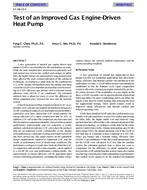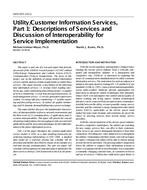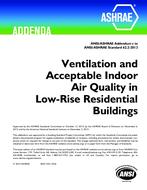Variable flow pumping is widely used in HVAC applications to reduce annual energy use. This paper evaluates the performance of variable flow pumping systems in four geothermal and water loop heat pump applications. The geothermal heat pump facilities included a high school with a staged pumping system as well as a hotel and a restaurant with variable frequency driven (VFD) loop pumps. The fourth application was a water loop heat pump system with VFDs on the main loop pumps. At all four facilities, detailed monitoring was used to evaluate the performance of the systems. The use of variable flow pumping resulted in energy savings at all of the buildings. However, the magnitude of the savings depended on several factors, including the differential pressure set point that was used as well as whether the two-way valves on each heat pump operated properly. The measured variable flow savings ranged between 36% and 88% compared to constant speed pump operation. With more optimal pumping system performance either implemented or evaluated, the energy savings at all sites exceeded 70%. Simple paybacks on these variable flow systems ranged from 1.7 to 3.8 years. The operating experiences from these buildings demonstrate that designers and installers must address all details of the variable flow installation to ensure the maximum possible savings. These details include proper two-way valve operation, designing in the minimum possible bypass flow, specifying valves and other components with small head losses or pressure requirements, and operating the system to maintain a modest differ-ential operating pressure (e.g., under 10 psi [69 kPa]).
Units: Dual
Citation: Symposium, ASHRAE Transactions, vol. 106, pt. 2
Product Details
- Published:
- 2000
- Number of Pages:
- 10
- File Size:
- 1 file , 1.2 MB
- Product Code(s):
- D-7253


